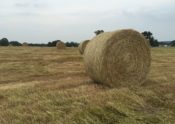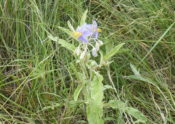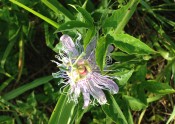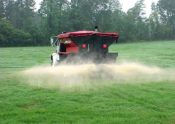
One of the first considerations when purchasing hay is that it should be based on individual animal requirements. For optimal production, forage quality should be matched as closely as possible to the nutritional needs of the animal. Low quality forage can result in reduced animal performance and increased supplemental feeding costs. Whereas hay of sufficient quality, little or no supplementation will be necessary to meet the animals’ nutritional needs. Keep in mind that not all forage or hay is created equal. There is great variation between forages and… Read More →







